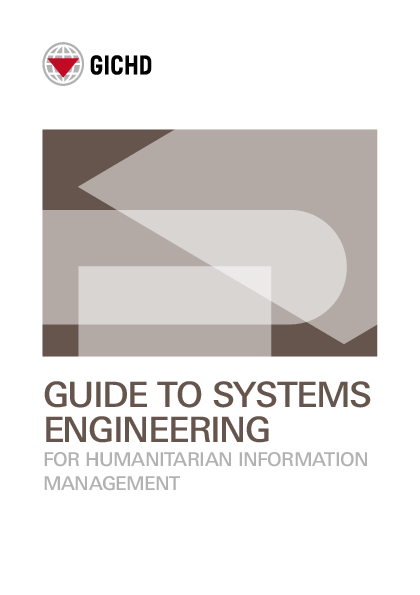The Guide to systems engineering for humanitarian information management introduces theoretical and practical methods for using systems engineering to deploy information management systems that support mine action, peace monitoring, disaster risk reduction and other humanitarian initiatives. Systems engineering is a well-established method for improving the likelihood of success of technologically risky projects. Systems engineering seeks to understand the big picture, and to identify the cause-and-effect relationships between the various elements of any overall system. It also recognises the importance of understanding the short- and long-term consequences of any action, as well as the associated risks and costs. Systems engineering is a structured and all-encompassing design and management process, which considers both the business and the technical interests of stakeholders throughout the life cycle of any proposed system.
This Guide provides examples of how systems engineering has been employed by GICHD and its partners around the world.
It is a helpful reference to:
- Project managers,
- IM and GIS
- Information technology specialists.
The Guide to systems engineering for humanitarian information management was co-authored by the GICHD in consultation with iMMAP, Alcis, Esri, and SE-Training.
Download now the Guide To Systems Engineering For Humanitarian Information Management- Full Version

